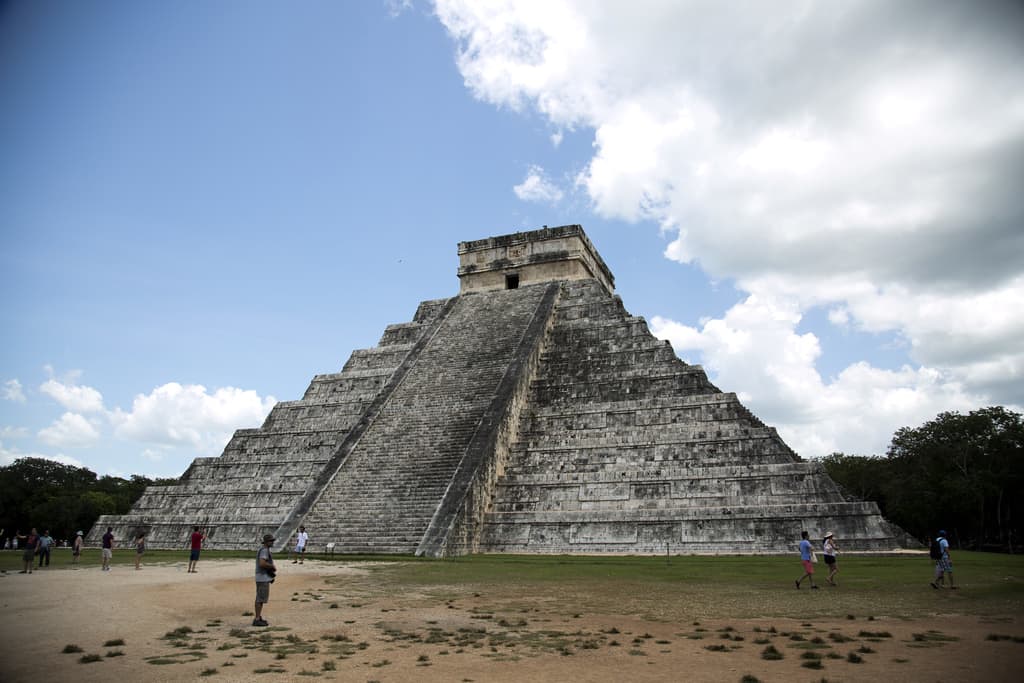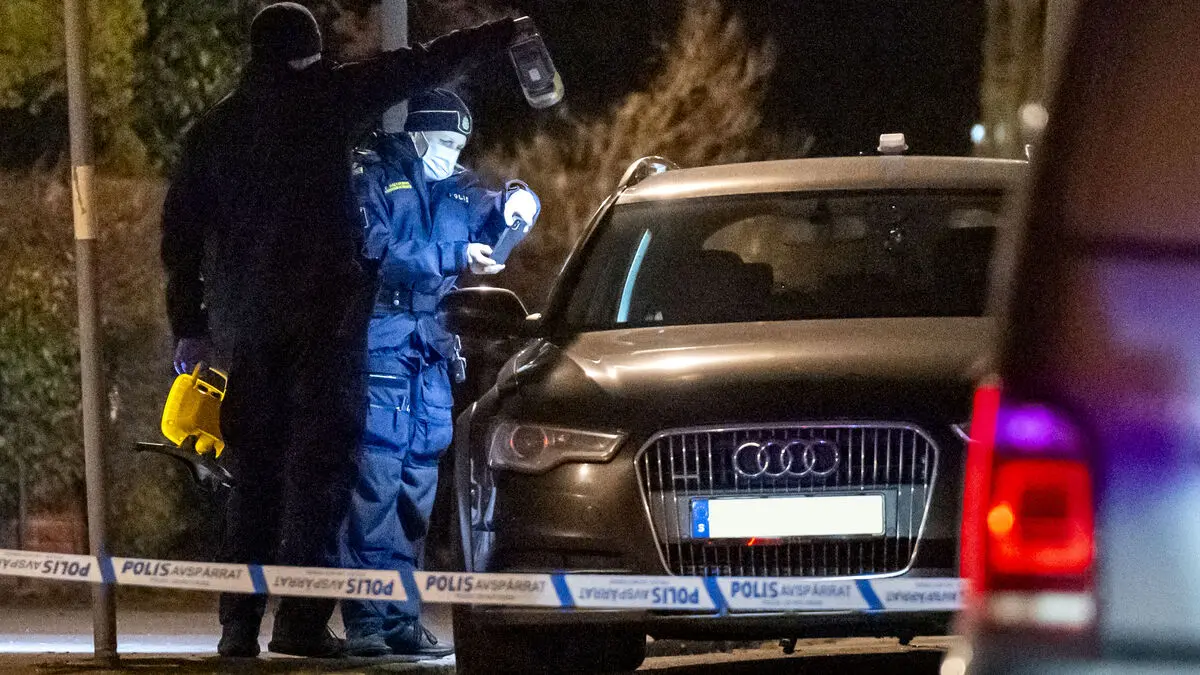New research shows that the Maya people did not primarily sacrifice girls and young women to the gods at the ruins of Chichén Itzá.
This research turns that story upside down, says Harvard researcher Christina Warinner to The Washington Post.
German and American researchers have examined finds from the famous ruins of Chichén Itzá in modern-day Mexico, one of the premier archaeological sites in Mesoamerica. In an underground chamber, a so-called chultún, discovered in 1967, the remains of over 100 children were found. The children were buried in the chamber after being ritually sacrificed.
Previously, the general understanding has been that it was mainly girls and young women, but it is difficult to determine the sex of skeletons belonging to young people.
Twins were sacrificed
However, by studying the remains genetically, the researchers have now been able to see that the Maya people at the site exclusively sacrificed boys. A quarter of the victims were related to each other, the study published in Nature shows.
"The most surprising thing was that we identified two pairs of identical twins", says Kathrin Nägele, one of the researchers at the German Max Planck Institute, in a press release.
The children who were related to each other had also eaten the same food, which suggests that they grew up together. The researchers therefore conclude that the victims were chosen in pairs.
Datings show that the chultún was used for at least 500 years, between the 7th and 12th centuries.
Since the skeletal parts were mixed up, the researchers chose to extract the left temporal bone, part of the skull, to avoid counting the same individual multiple times. In total, the remains of 64 individuals were examined.
Death not necessarily bad
In the study, DNA from the victims was compared with blood samples from 68 people living in the town of Tixcacaltuyub, four miles from Chichén Itzá. It turned out that they were related to each other, which suggests that the Maya people chose their victims among people who grew up in the vicinity.
The study's lead author Rodrigo Barquera says to The Washington Post that he understands that the idea of child sacrifice is horrific today, but that death was not necessarily seen as something bad in Mesoamerican cultures.
At that time, and with their myths and beliefs, they did what they thought was right. So we cannot judge them with today's eyes, he says.





